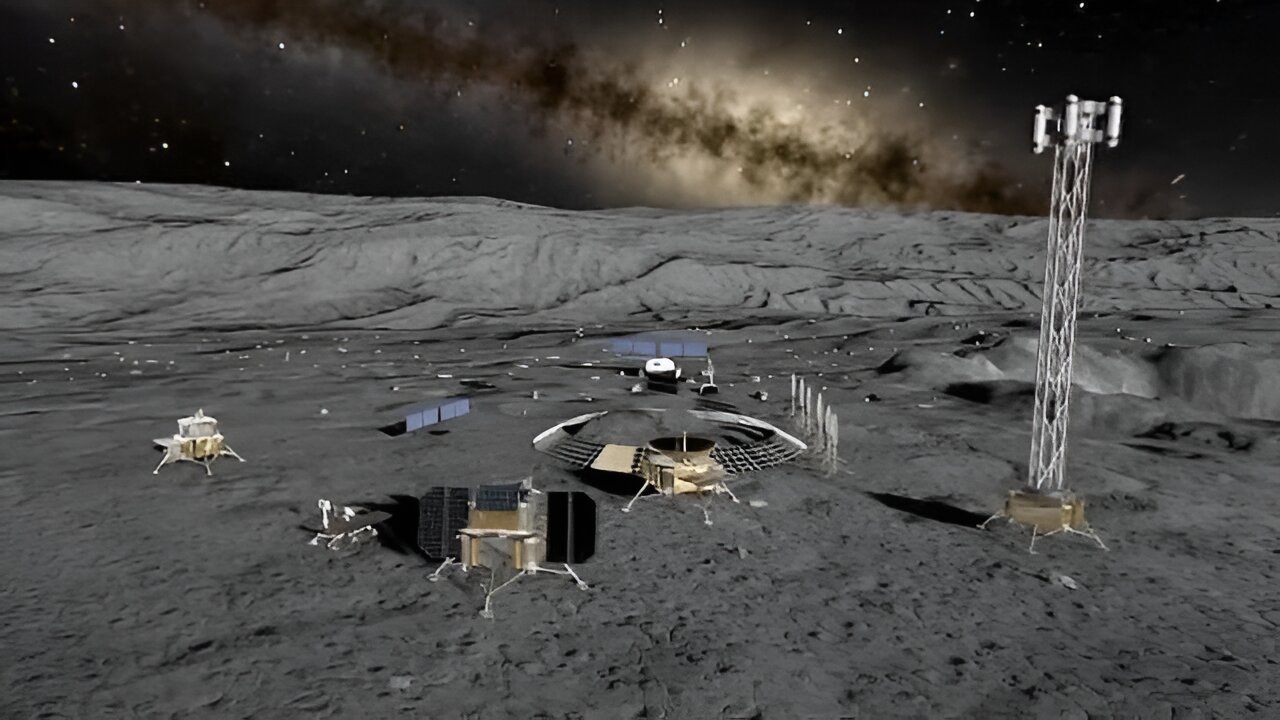China is set to embark on its Chang’e-7 mission in 2026, aiming to land on the illuminated rim of the Shackleton crater near the lunar south pole.
China is set to embark on its Chang’e-7 mission in 2026, aiming to land on the illuminated rim of the Shackleton crater near the lunar south pole. This strategic lunar landing is part of China’s ambitious plans for lunar exploration, resource utilization, and establishing an International Lunar Research Base (ILRS) in the 2030s.
The selected landing site for Chang’e-7 is one of the few locations believed to experience prolonged periods of illumination at the lunar south pole. The illuminated rim of Shackleton crater aligns with NASA’s Artemis 3 candidate landing site known as Peak Near Shackleton. This area not only promises favorable lighting conditions but also proximity to permanently shadowed regions that could potentially harbor valuable resources like water-ice.
The primary objectives of the Chang’e-7 mission include collecting crucial data for future lunar exploration and assessing lunar resources. This mission is a pivotal step in China’s long-term plan to establish an international lunar base, emphasizing the nation’s commitment to advancing space exploration and utilization of extraterrestrial resources.
Chang’e-7 is part of a two-phase approach, with Chang’e-8 following suit in 2028. Together, these missions will lay the groundwork for the International Lunar Research Base, as previously announced by Chinese authorities. The ILRS aims to be a collaborative effort, and China has been actively seeking international partners for this ambitious project.
China’s vision for lunar exploration extends beyond national boundaries, as demonstrated by its recent success in attracting Egypt as a partner for the ILRS. Egypt joined the initiative in December 2023, signaling growing global interest and collaboration in lunar exploration and utilization.
The Chang’e-7 mission is designed as a multi-component endeavor, featuring an orbiter, a lander, a rover, and a mini-flying probe. These components will work in tandem to investigate the lunar south pole’s environment and resources. The inclusion of a communications relay satellite, Queqiao-2, is a crucial aspect of the mission, providing support for ongoing and upcoming lunar missions.
Queqiao-2, set to launch in the coming months, will play a pivotal role in facilitating communication between Earth and the lunar missions. This satellite underscores China’s commitment to establishing a robust communication infrastructure to support its lunar exploration endeavors.
The Chang’e-7 mission represents a significant leap forward for China in the field of space exploration. As the nation pushes the boundaries of lunar research and resource utilization, it not only advances its own space capabilities but also contributes to the broader understanding of the Moon’s geology and potential for sustaining human activities in the future.
With the Chang’e-7 mission on the horizon, the world eagerly anticipates the scientific discoveries and advancements that will emerge from this lunar exploration initiative. As China invites more nations to join its International Lunar Research Base project, the collaborative efforts in space exploration continue to foster a spirit of international cooperation and shared scientific exploration on the celestial frontier.
